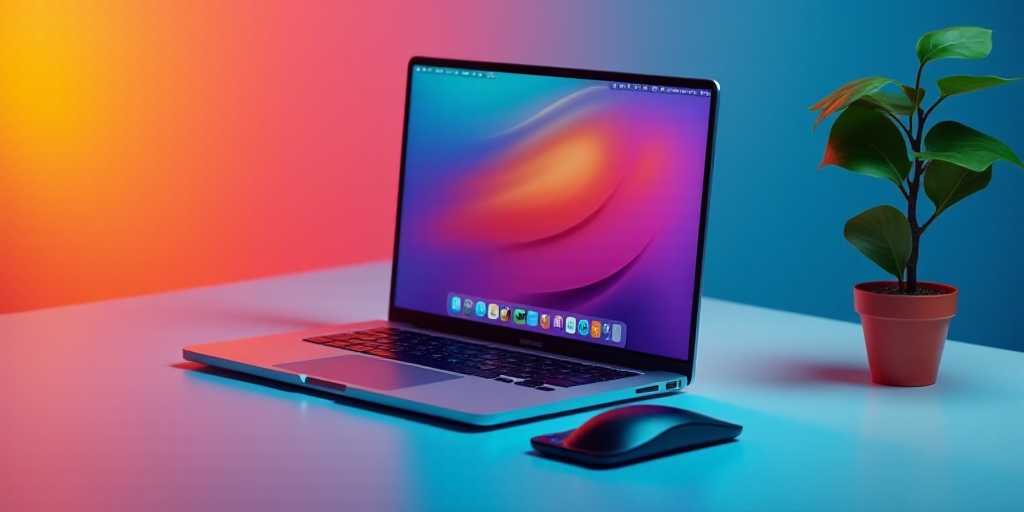What to Consider Before Buying
The Profeco, through the Consumer’s Magazine, has published a practical guide to make the best purchase decision by comparing prices, advantages, and disadvantages of these devices. They recommend first defining the device’s intended use: whether it will be for online classes, completing assignments and presentations, accessing educational platforms, editing documents, or entertainment. The answer will determine the necessary power and minimum features like RAM, storage, and battery life.
For tablets, the guide suggests having at least 4 GB of RAM and 64 GB of storage, along with a battery for 8-10 hours of continuous use. It’s crucial to check the screen size (7 to 12 inches), connectivity (wifi or LTE/5G), and compatibility with accessories like a keyboard or digital pen.
In the case of laptops, Profeco recommends a processor that avoids low performance, at least 8 GB of RAM, and SSD storage of 256 GB or more. They also advise reviewing available ports, battery life (minimum 6 to 8 hours), and the manufacturer’s warranty.
Advantages and Disadvantages
Laptops resemble a desktop PC and are ideal for tasks requiring power, like video editing or specialized software. However, they tend to be heavier and not all have touchscreen capabilities.
Tablets, on the other hand, are lightweight, easy to carry, and practical for note-taking or drawing. Their downside is lower processing capacity, which may fall short for high-demand tasks.
Prices of Laptops and Tablets in Mexico
Profeco gathered prices from the “Who’s Who in Prices” program between July 28 and August 1, 2025. Among laptop models:
- HP 15-FD0000LA with Intel Core i3 processor and 8 GB RAM: between $7,390 and $10,599, with an average price of $8,753.
- Lenovo IdeaPad Slim 3 with AMD Ryzen 5 processor and 512 GB SSD: between $9,999 and $15,499, with an average price of $13,606.
For tablets, options range from basic models like the Hyundai Hytab Plus (8 inches, 3 GB RAM) for $1,390 to $2,229, to high-end options like the Samsung Galaxy Tab S9 FE (10.9 inches, 256 GB and 8 GB RAM) priced up to $15,999.
More Affordable Alternatives
The guide also suggests considering refurbished devices, which are inspected and certified by manufacturers or suppliers, including warranty and technical support. For second-hand devices, Profeco advises researching the seller and knowing the device’s condition before purchasing.
Tips to Extend Equipment Lifespan
Finally, Profeco advises taking care of the equipment from day one: keep it clean, avoid eating near it, use voltage regulators, install reliable antivirus software, and back up information to the cloud or external devices.
Key Questions and Answers
- Q: What should I consider before buying a laptop or tablet? A: Define the device’s intended use, whether for online classes, assignments, accessing educational platforms, editing documents, or entertainment. This will determine necessary power and minimum features like RAM, storage, and battery life.
- Q: What are the advantages of laptops? A: Laptops resemble desktop PCs and are ideal for power-intensive tasks like video editing or specialized software.
- Q: What are the disadvantages of tablets? A: Tablets are lightweight and easy to carry but have lower processing capacity, which may not suffice for high-demand tasks.
- Q: What are the typical prices of laptops and tablets in Mexico? A: Prices vary. For instance, the HP 15-FD0000LA with Intel Core i3 and 8 GB RAM ranges from $7,390 to $10,599. The Lenovo IdeaPad Slim 3 with AMD Ryzen 5 and 512 GB SSD goes from $9,999 to $15,499. Tablets range from the Hyundai Hytab Plus (8 inches, 3 GB RAM) for $1,390 to $2,229 up to the Samsung Galaxy Tab S9 FE (10.9 inches, 256 GB and 8 GB RAM) for $15,999.
- Q: Are there more affordable alternatives? A: Yes, consider refurbished devices inspected and certified by manufacturers or suppliers, including warranty and technical support.
- Q: How can I prolong my equipment’s lifespan? A: Keep it clean, avoid eating near it, use voltage regulators, install reliable antivirus software, and back up information to the cloud or external devices.






